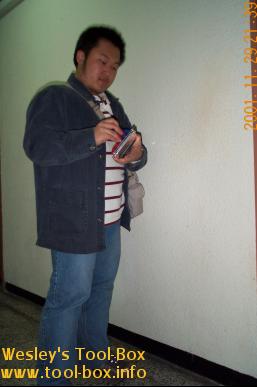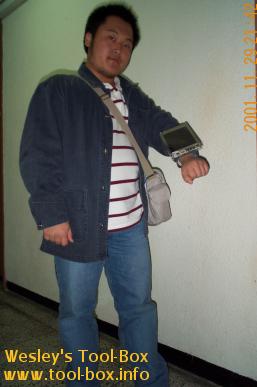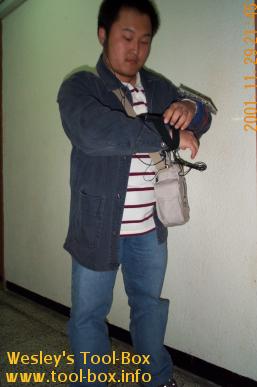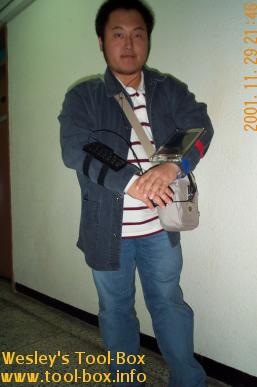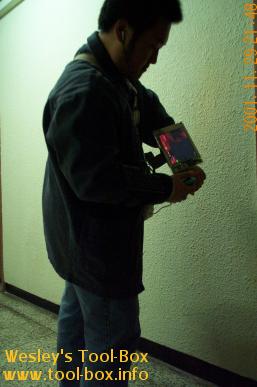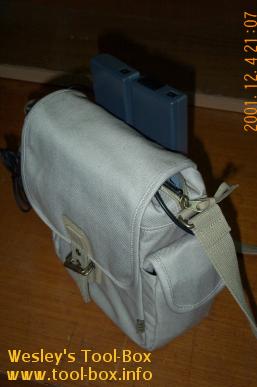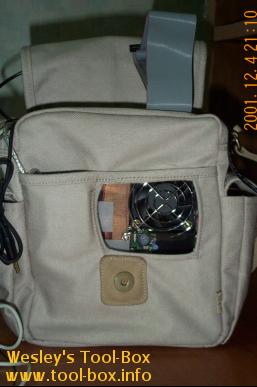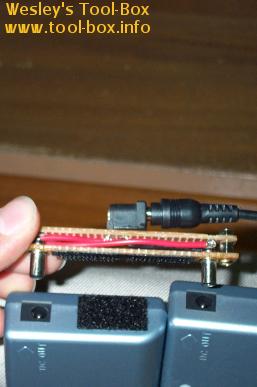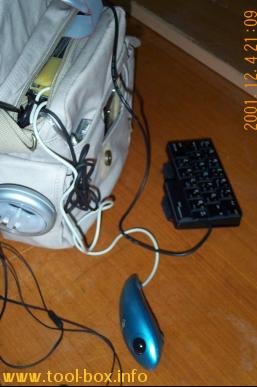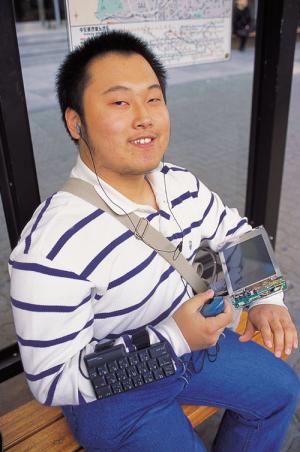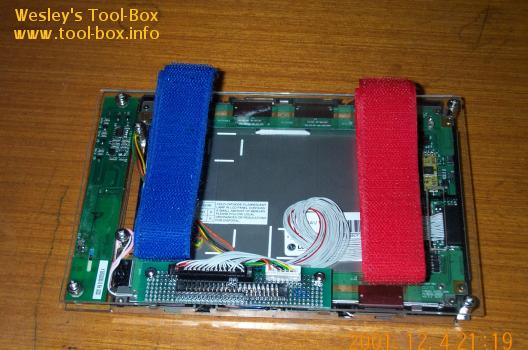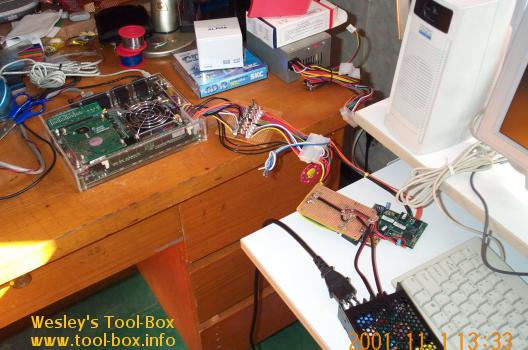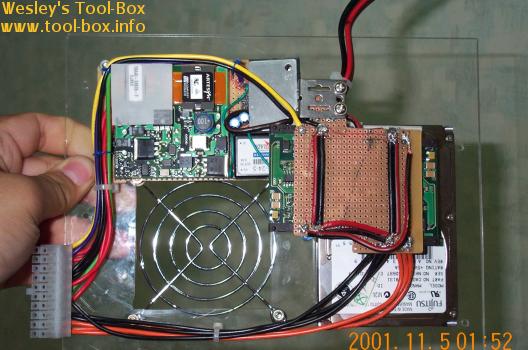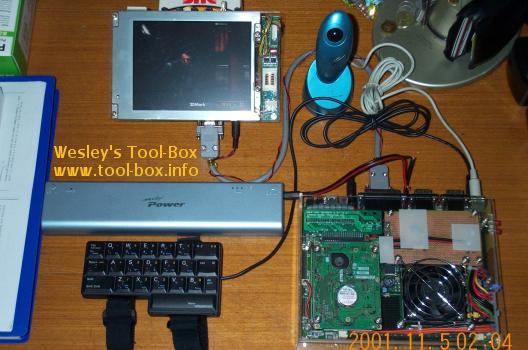Building LCD Monitor (1/9)
Posted by Wesley onSince the introduction of my wearable computer, many folks have asked about the workings behind it. One part of the particular interest was the display that I've made that could be strapped on the left arm. The focus was on how I could be building a monitor from ground up, because a computer monitor is one of the peripherals that most people just buy it pre-assembled, and never give a thought about assembling one themselves. This is in spite of the fact that many people assemble the main system personally nowadays - monitor is just a wholly-bought product by default to the general minds.
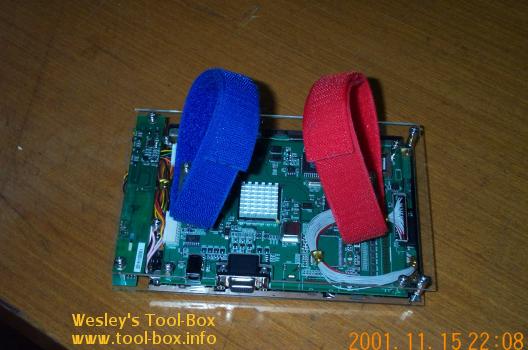
But now that it was apparent that one can build a display by themselves, a new world of possibilities opened up - one can now flexibly utilize the display unit to fit their needs, just like how one assembles the main computer unit. Still, many factors were uncertain in regards to the actual assembly of the display, and this promptly aroused the requests for an article explaining what one needs to do to make a display for oneself. And so I present this article to you.
Currently, the most common form of computer display is CRT (Cathode Ray Tube), the bulky picture-displaying vacuum tube. This is because CRT had been around since day one of the computer monitors, and is cheaper than any other displays. So some of the audience might wan to build a CRT monitor. However, I would not cover this, because of some reasons. First of all, the picture tube's bulkiness limits the flexibility of the application, and adds considerable weight. Next, the huge electromagnetic coils and electron guns behind the tube is sensitive and hazardous to deal with.
Instead, I will look into building an LCD monitor. LCD is lightweight, thin, and easy to handle, so it's more flexible in application. This is in direct opposition to the CRT. LCD display itself is mostly semiconductor electronics with liquid crystal component, meaning that there is far less hazard present. If you discount the backlight, there will be negligible electromagnetic radiation - another contrasting difference. Finally, LCD displays consume far less energy, so it's automatically environmentally friendly.

